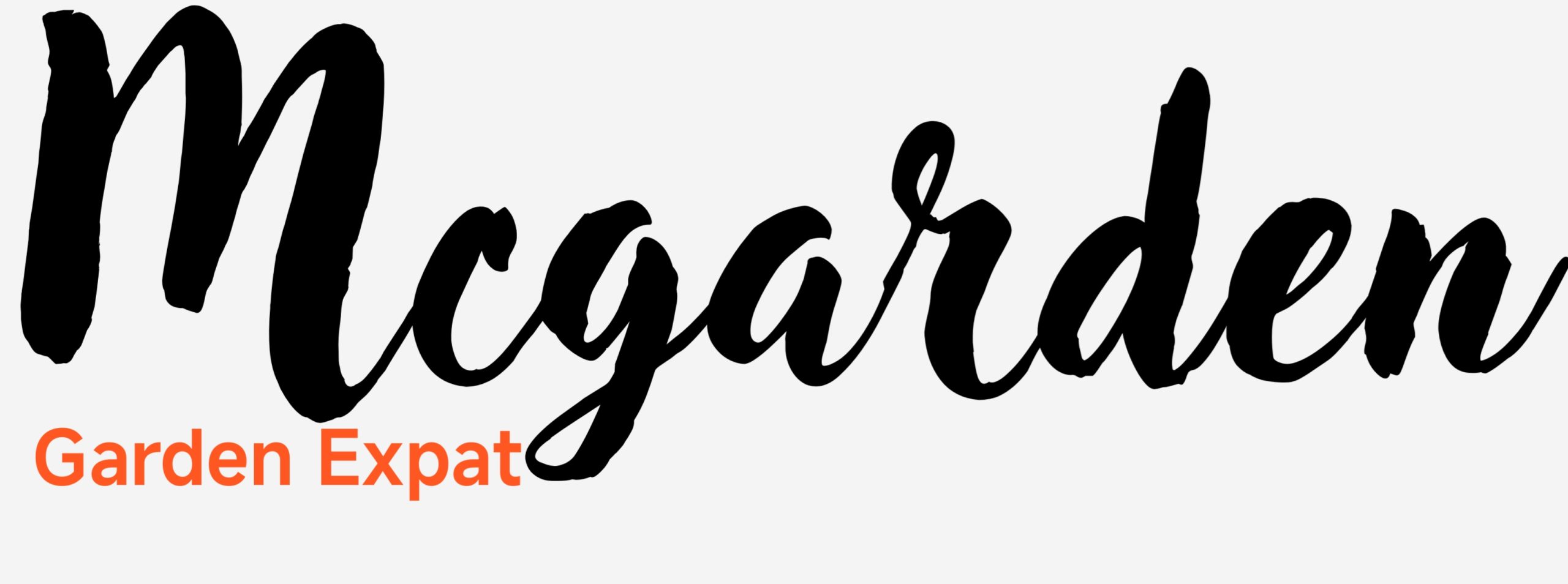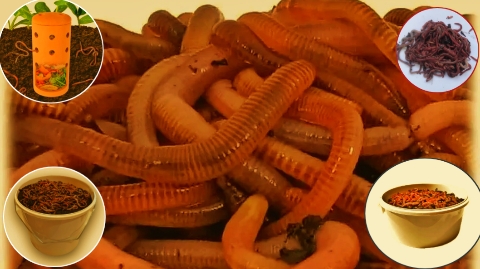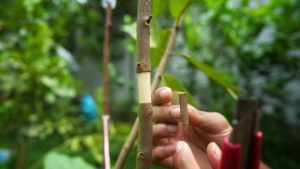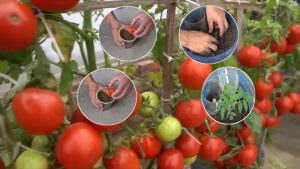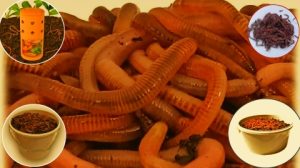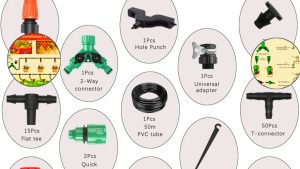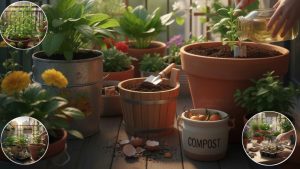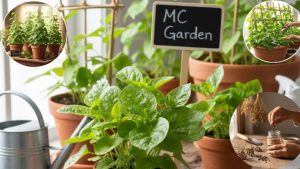I still remember the day I first heard about worm composting. A friend of mine showed me how he turned kitchen scraps into rich, dark compost using worms. I was amazed! I’ve always loved growing my own plants, and I wanted to use natural fertilizer instead of store-bought chemicals. That’s how my journey began.
My main goals were simple reduce my kitchen waste, grow healthier plants, and do something good for the environment. Worm composting, also called vermicomposting, became the perfect solution for me. It’s now becoming very popular in the USA because it’s easy, clean, and eco-friendly
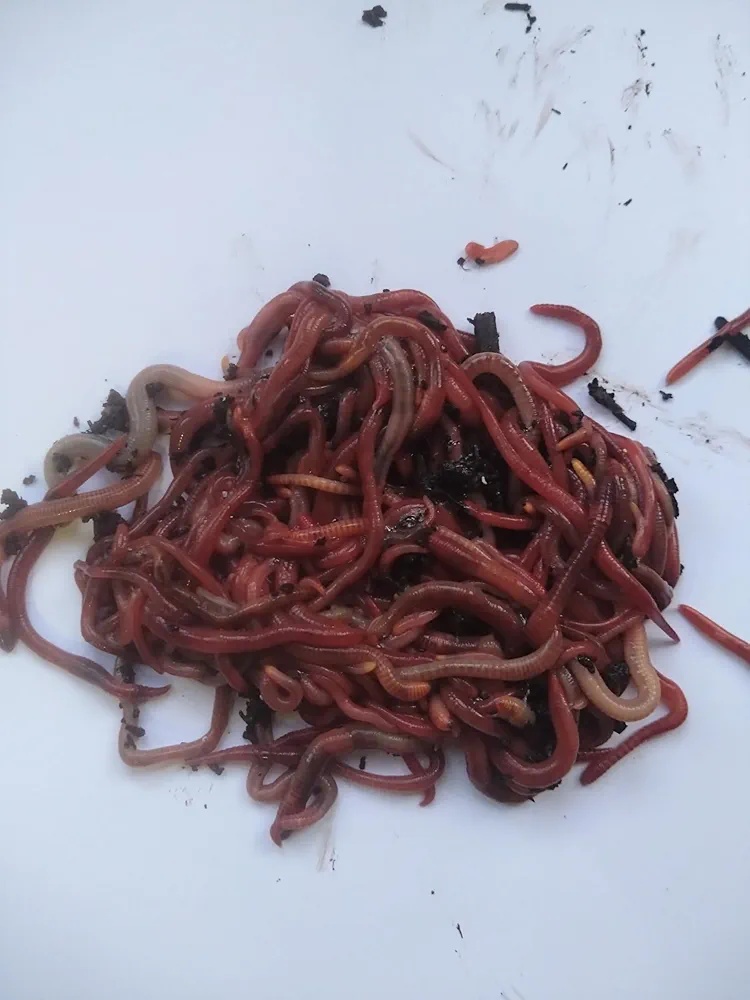
I still remember the first time I heard about worm composting. One of my friends showed me a small plastic bin in his backyard. Inside, he had tiny red worms eating kitchen waste and turning it into dark, rich compost. I was surprised! I had never imagined that something so simple could turn food waste into a powerful fertilizer for plants.
At that time, I was already growing a few plants in pots on my balcony. I used store-bought fertilizers, but they always smelled strong and felt chemical. My plants grew, but not as healthy as I wanted. When I learned that worms could make natural compost at home, I felt excited. It looked fun, clean, and kind of magical.
A few days later, I started watching videos and reading about worm composting. The more I learned, the more I liked the idea. I realized it was not only good for plants but also for the planet. Every banana peel, apple core, or old lettuce leaf could be useful instead of going into the trash. That made me feel good inside.
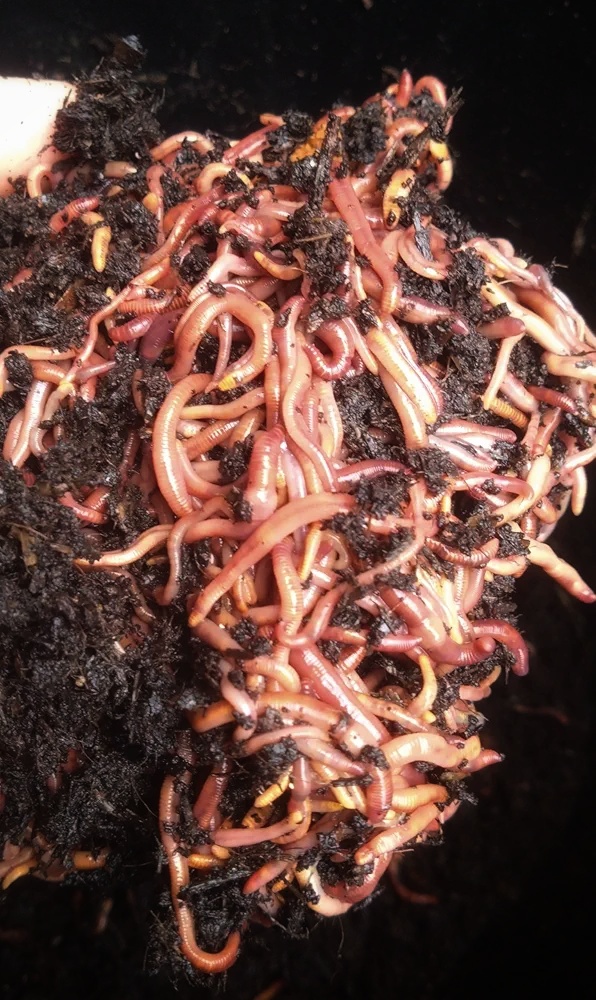
I also liked that worm composting didn’t need a big space. I live in a small home, and my backyard is tiny. But with just one plastic bin, I could start my own compost system. It felt easy and possible for someone like me who doesn’t have a big garden. So, one weekend, I decided to give it a try.
My main goal was simple I wanted to grow my plants naturally, reduce my kitchen waste, and live a bit greener. I wanted to do something good, even if it was small. It felt like a way to give back to the earth while helping my own garden at the same time.
Now, after doing it for a while, I can say worm composting has changed the way I see waste. What I used to throw away is now something useful and full of life. My plants are healthier, my home feels cleaner, and I feel proud every time I use compost that I made myself with the help of my little worm friends.
How I Got Started
I actually got the idea while watching a YouTube video one evening. It looked so easy that I decided to give it a try. I didn’t have a big backyard, so I started in a small corner of my garage. Later, I even tried it on my balcony.
Starting small was a good decision. I didn’t need fancy tools just a simple container, some worms, and kitchen waste. In the USA, you can easily start in a garage, backyard, or even under a sink if you manage it right. My goal was to make it simple and fun.
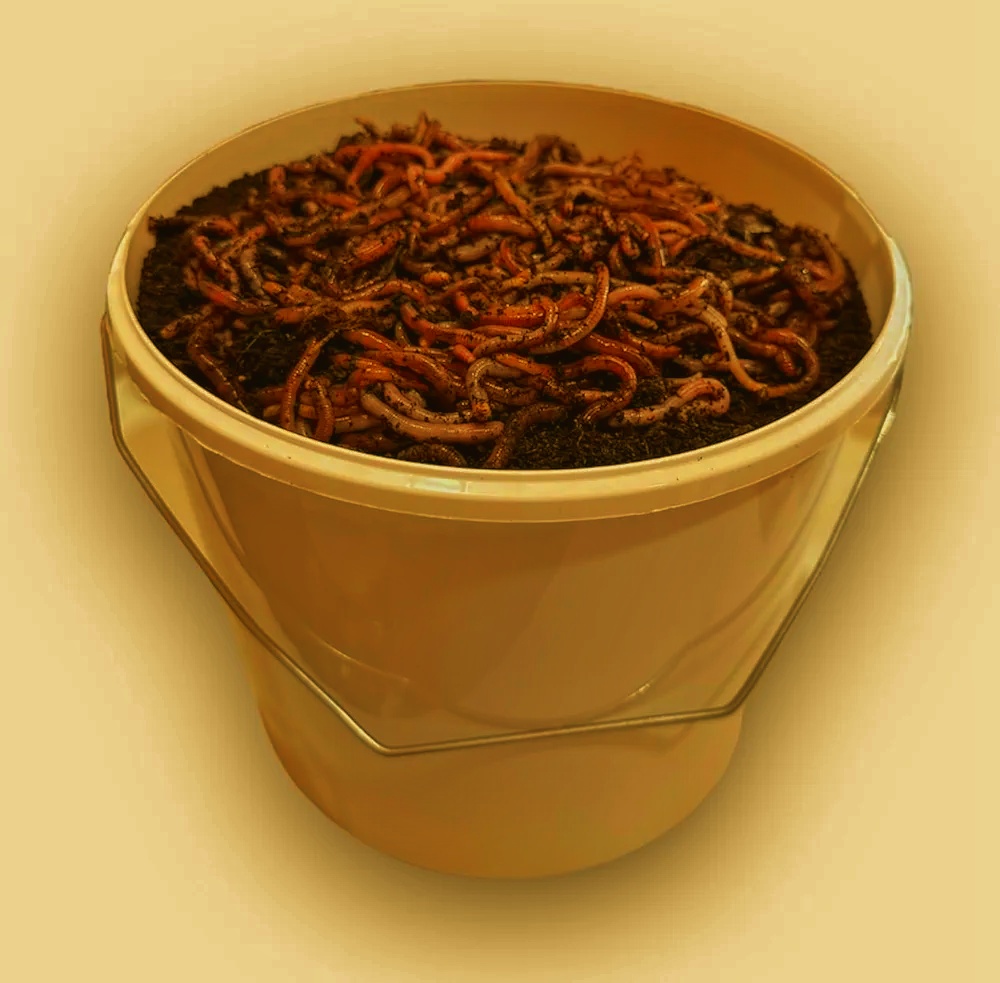
One evening, I was scrolling through YouTube after dinner and came across a short video about worm composting. It showed how people were turning their food scraps into dark, healthy soil with just a box and some worms. The person in the video looked so happy while showing her plants that I couldn’t stop watching. I thought, “Hey, I can do that too!” That’s really where my idea started.
At first, I wasn’t sure if it would work for me. I don’t have a big backyard like some people do. I just have a small garage and a balcony with a few flower pots. But then I realized, I didn’t need a big space to try it out. The video showed small bins that could even fit under a kitchen sink. That gave me confidence to start my own little setup.
The next day, I started looking around my home for what I already had. I found an old plastic storage bin in the corner of my garage. It wasn’t fancy, but it looked perfect for a starter compost box. I washed it well, made a few holes on the sides for air, and felt proud that I could make something useful from an old container. It felt like a small but meaningful start.
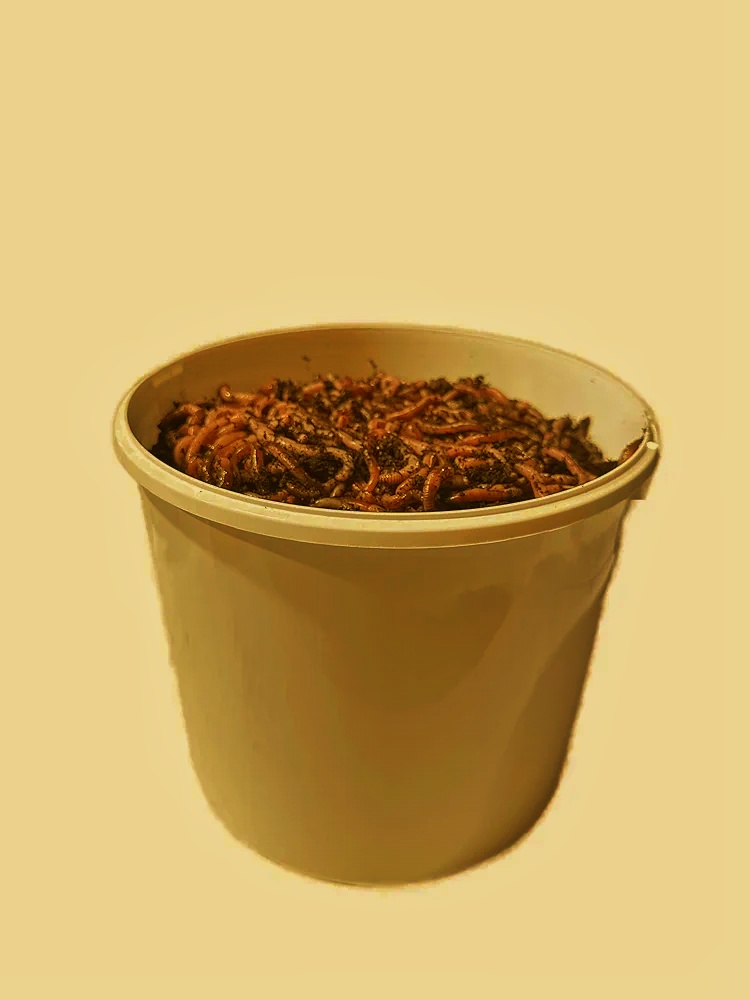
Then came the fun part finding the worms. I searched online and found a nearby seller who shipped Red Wigglers. When the small box arrived, I was so excited. It felt funny opening a package full of live worms, but I reminded myself that these tiny creatures were about to help me grow better plants. I gently placed them in the bin, just like I saw in the video.
The first few days, I checked on them a lot. I was worried was it too dry? Too wet? Were they happy? I remember adding a few banana peels and being nervous that I’d done something wrong. But slowly, I noticed the scraps breaking down, and that made me smile. It was working! I felt like I had started a little living project right in my garage.
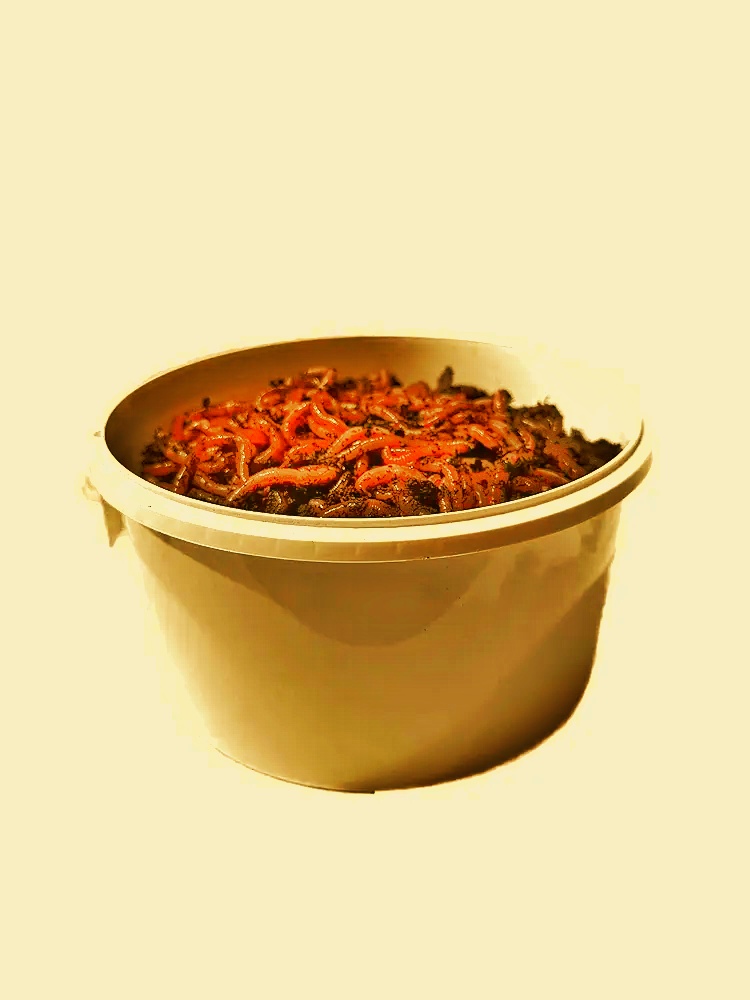
Starting small turned out to be the best decision I made. I didn’t need any expensive tools, just a bit of curiosity and patience. It became a fun weekend hobby that also taught me something about nature. Even in a small space, I learned that you can create something big a way to care for your plants, reduce waste, and do a tiny bit of good for the planet.
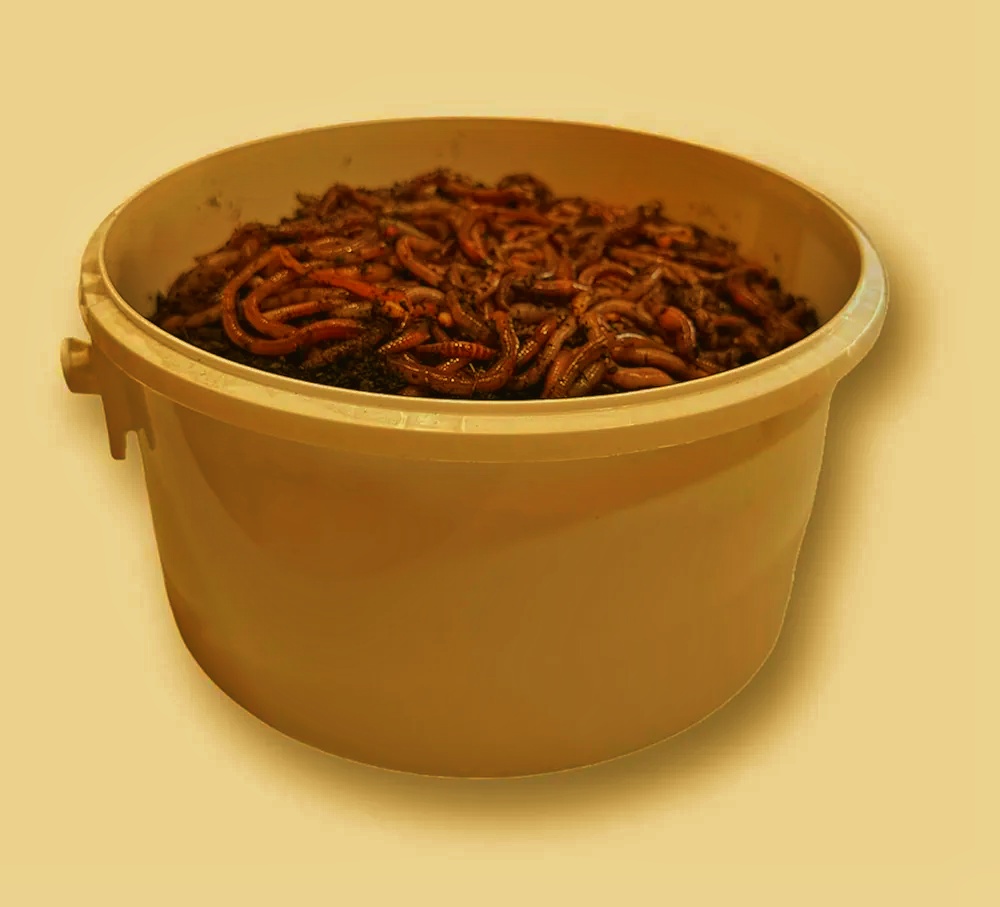
Materials and Preparation
The first thing I needed was worms not just any worms, but Red Wigglers (Eisenia fetida). These little creatures are real composting champions. I ordered a small batch online from a local worm farm. They arrived in a small box full of moist bedding.
Next, I chose a plastic bin with a lid. I made a few holes for air and drainage. For bedding, I mixed shredded newspaper, coconut coir, and some dry leaves. Then I added a handful of soil to make it feel more natural.
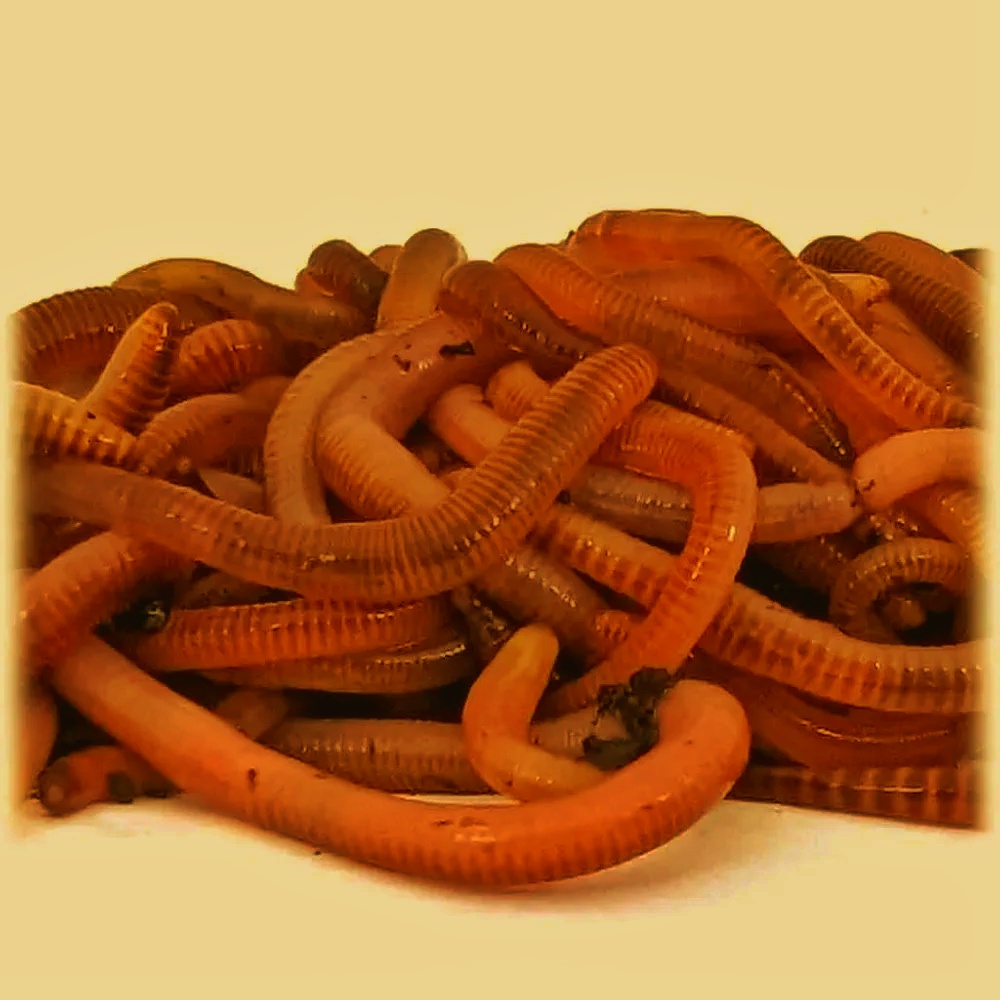
Finally, I prepared the food: fruit peels, vegetable scraps, and old lettuce. I avoided meat, oily food, and dairy because they attract bad smell and flies.
When I first decided to start worm composting, I realized the most important thing was finding the right worms. Not all worms are the same, and regular garden worms don’t do well in bins. After a little research, I found that the best ones are called Red Wigglers. They are small, fast eaters, and perfect for composting. I ordered a small box online from a local worm farm. When they arrived, they came in a soft, moist bedding that smelled like fresh soil. It felt like opening a tiny box of life.
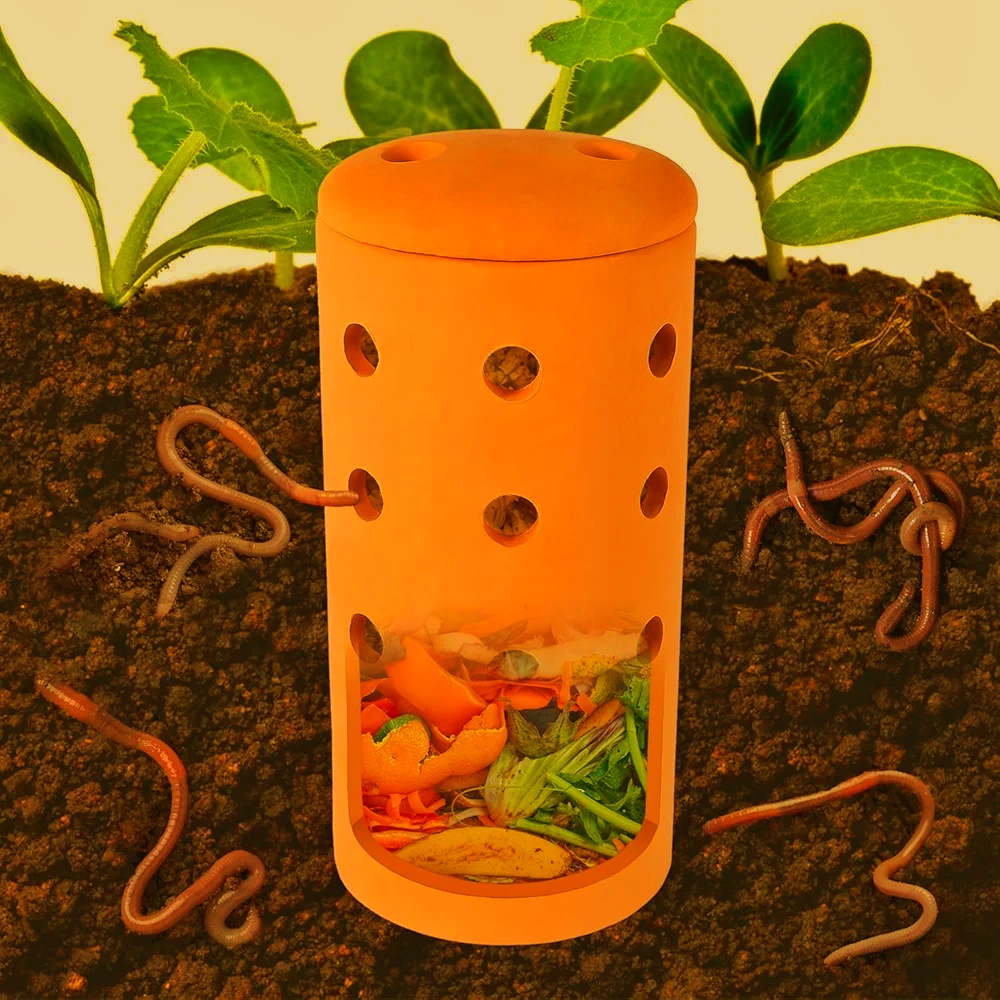
The next thing I needed was a bin for their new home. I didn’t want to spend money on something fancy, so I looked around my house and found a clean plastic storage box with a lid. I made small holes on the sides and top using a screwdriver so the worms could get air. I also made a few holes at the bottom so water could drain out. I still remember feeling proud because I had made my own worm bin from something I already had.
Now it was time to prepare the bedding. I shredded some old newspaper and mixed it with coconut coir and a few dry leaves from my backyard. The mix felt light and soft. I sprayed a little water until it was damp not wet, just like a squeezed sponge. Then I added a handful of garden soil to make the bin feel more natural for the worms. It was like setting up a cozy little bed for them.
Then I got their food ready. I collected fruit peels, vegetable scraps, and old lettuce leaves from my kitchen. I made sure to cut them into small pieces so the worms could eat them easily. I stayed away from meat, oily foods, and dairy because I learned that those can make the bin smell bad and attract flies. It was fun to see how my daily kitchen waste would soon become food for my little composting friends.
When everything was ready, I gently placed the worms on top of the bedding. At first, they stayed still, but after a few minutes, they started digging down into the moist bedding. It was amazing to watch. I remember smiling, thinking, “They like their new home!” I covered the bin with the lid and placed it in a cool, shaded spot in my garage where the temperature stayed nice and steady.
Looking back, gathering the materials and preparing the bin was one of my favorite parts of the whole process. It made me feel connected to nature in a new way. I didn’t need to buy much just used what I already had. It reminded me that composting doesn’t have to be complicated or expensive. It’s really about caring for the little things and letting nature do the rest.
Step-by-Step Worm Composting Process
1. Making the Bedding: I placed the bedding in the bin and made sure it was moist like a squeezed sponge. Too wet or too dry can bother the worms.
2. Adding the Worms: I gently placed the worms on top. Within minutes, they started digging down a sign they were happy!
3. Feeding: I started with a small amount of food scraps. At first, I gave too much and noticed a bit of smell. Later I learned to feed only when the old food is almost gone.
4. Moisture & Temperature: Since I live in the U.S., my garage can get cold in winter. I kept the bin in a warm corner. During summer, I kept it away from direct sunlight. Worms like it between 55°F and 77°F.
5. Odor & Pest Control: Once, I had a problem with fruit flies. I fixed it by covering the food with a layer of shredded paper. No more flies after that!
My First Results and Experience
It took around three months to see my first batch of compost. When I opened the bin, I was so happy the compost looked dark, soft, and smelled like fresh soil after rain. I knew my worms did an amazing job!
I used this worm compost in my garden soil and potted plants. Within a few weeks, I noticed a big difference. My tomato plants looked greener, and my flowers bloomed brighter. It felt like magic, but it was just nature working beautifully.
When I first started my worm composting bin, I wasn’t sure how long it would take to see results. Every few days, I would open the lid just to check on my worms. They were busy, always moving and eating. It was kind of fun to watch how slowly the food scraps disappeared. Still, I had to be patient. It took about three months before I finally saw what I had been waiting for real compost.
The day I opened the bin and saw the finished compost, I felt so proud. The food scraps had turned into dark, soft soil that smelled fresh, like the ground after a light rain. It was hard to believe that all those peels, leaves, and leftovers had become something so rich and beautiful. I gently picked up a handful, and it felt warm and crumbly. My worms had done an amazing job.
Before using the compost, I let it dry a little in the shade. Then I mixed it with the soil in my garden and some pots on my balcony. I started with my favorite plants tomatoes, basil, and marigolds. I didn’t expect to see changes right away, but after two weeks, I noticed something special. The plants looked greener, stronger, and happier. Even the leaves felt thicker and brighter.
My tomato plants surprised me the most. They started growing faster, and soon, I had small green tomatoes hanging from the vines. The flowers on my marigold plants became bigger and stayed fresh for longer. It felt like my plants were saying “thank you” for giving them good food. That moment made me realize how powerful natural compost can be.
What amazed me even more was how little I had spent to make it happen. I didn’t buy any fancy fertilizer or equipment. Just food waste, worms, and patience. Nature did all the hard work. I learned that worm composting is not just about making fertilizer it’s about seeing the balance between waste and growth, between giving and receiving.
Now, whenever I look at my healthy plants, I feel proud knowing that I helped create their food from things that would’ve been thrown away. My first compost wasn’t just soil it was proof that small efforts can make a big change. And honestly, that feeling was better than any store-bought fertilizer could ever give.
Small Business Possibilities (USA Context and anywhere)
After a few months, I started producing more compost than I needed. That’s when I realized I could share or even sell the extra. In many U.S. towns, there’s a growing demand for organic worm compost.
I started offering small bags to local gardeners and a few people from my community. Later, I listed some on Etsy. People loved it because it was homemade and chemical-free.
If you’re in the U.S., you can easily start small like this. Try local farmer’s markets, garden clubs, or online platforms. People appreciate sustainable products, especially when they come from real home gardeners.
After a few months of composting, I realized something exciting I was making more compost than I actually needed. My plants were happy, but the bin kept producing dark, rich soil every week. At first, I just gave a little to my neighbors, and they loved it. That’s when the idea hit me: maybe I could turn this into a small side project.
I started by bagging some compost in small, clear plastic bags and giving them to gardeners in my neighborhood. I explained how I made it, that it was 100% natural, and that it could help their plants grow strong. People were curious and excited. Some even offered to pay a few dollars just to get a bag. I couldn’t believe it my little hobby was turning into something people valued.
Next, I decided to try selling a few bags online. I listed them on Etsy with simple photos of the compost and my little worm bin setup. The response surprised me. People from different states messaged me asking how I made it and when they could buy some. I realized that even though it was small-scale, it had a real market because it was organic and homemade.
I also tried a local farmer’s market. Setting up a tiny table with my bags of compost felt a little nerve-wracking at first, but people were genuinely interested. Gardeners loved that it was safe for vegetables and flowers, and they liked hearing a personal story about where it came from. I found that sharing my journey made the product even more valuable.
What amazed me most was how easy it was to start. I didn’t need a huge warehouse or expensive equipment. Just a few bins, some worms, and a little organization. If someone in the U.S. wants to try this, they can start small too maybe in a garage, backyard, or balcony. Even online platforms and local garden clubs can help you reach people who care about eco-friendly gardening.
Now, whenever I sell or give away a bag of compost, I feel proud. It’s more than just soil it’s a story, a small effort that helps people grow their plants naturally. It also shows that even a tiny home project can become a small business if you put in some care, patience, and love for nature.
Oh, actually I didn’t tell you I have some more amazing gardening memories: How I Grew a Dragon Fruit Tree from a Tiny Seed to a Fruiting Wonder and How to Grow a Mango Tree from a Ripe Fruit and Get the Same Mango
you can also take more advanced knowledge, Worm Composting and information from authentic sources.
Challenges and Lessons Learned
Like any new project, I faced some problems. In the beginning, my bin got too wet and started smelling bad. I also had trouble with fruit flies and uneven composting. But with time, I learned the balance.
I fixed the moisture issue by adding more dry bedding and reducing food scraps. For flies, I always covered the food. The key lesson: don’t overfeed and don’t panic worms are forgiving!
For beginners, my advice is simple: start small, observe daily, and learn from mistakes. It’s all part of the fun!
Conclusion
Looking back, I’m proud of what I started. From a small bin in my garage, I not only made free compost for my plants but also reduced household waste. Worm composting isn’t just about fertilizer it’s about living more sustainably and caring for the Earth.
My next goal is to scale up, maybe start a small community composting setup, and encourage others to join. If one person can do this in a small space, imagine what a whole neighborhood could do together!
